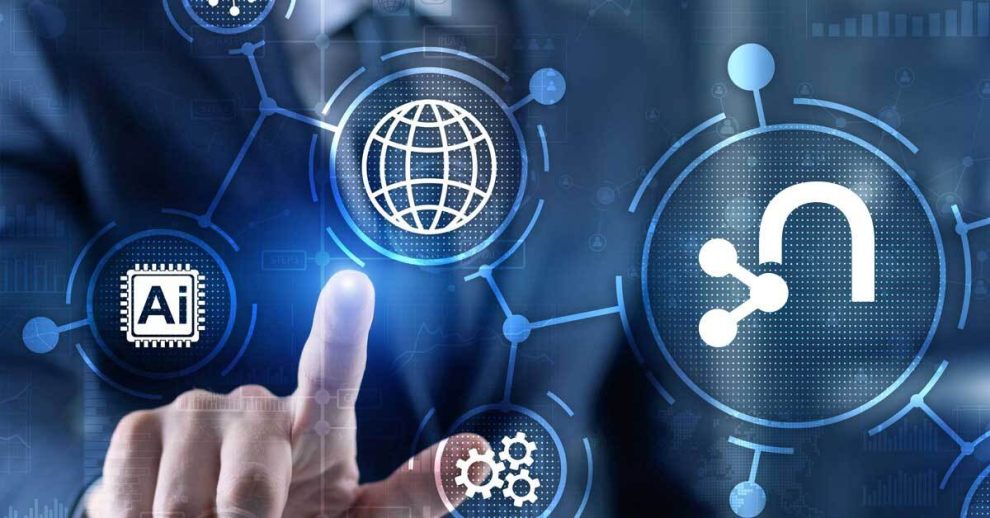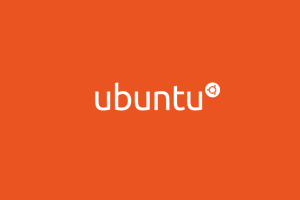The world of data is no longer a neatly organized spreadsheet. It’s a sprawling web of relationships, with entities and concepts intricately connected in ways that traditional databases struggle to capture. Enter graph databases, the rising stars of the data storage world, poised to revolutionize how we understand and analyze data, especially in the realm of Artificial Intelligence (AI).
Connecting the Dots: Why Graph Databases Matter
Unlike traditional relational databases, which store data in rigid tables, graph databases use a flexible, network-based approach. They represent entities as nodes and relationships between them as edges, forming a graph that mimics the real-world interconnectedness of data. This makes them ideal for:
- Navigating Complex Relationships: Easily uncover hidden patterns and connections in data with rich relationships, such as social networks, fraud detection, and supply chains.
- Enhanced AI Performance: Graph algorithms and AI models thrive on interconnected data, making graph databases natural partners for tasks like anomaly detection, recommendation systems, and knowledge graphs.
- Flexible and Scalable: Easily scale to accommodate growing data volumes and evolving relationships without compromising performance.
- Intuitive Visualization and Exploration: Graph-based visualizations make data exploration and understanding more intuitive, especially for non-technical users.
From Niche to Mainstream: Graph Databases Gain Momentum

Graph databases are no longer just a niche tool for specialized applications. Their advantages are attracting attention across industries:
- Social Media and E-commerce: Analyze user interactions, recommend products, and combat fraud.
- Healthcare and Life Sciences: Track disease outbreaks, identify drug interactions, and map protein networks.
- Finance and Insurance: Detect fraudulent transactions, assess risk, and personalize financial products.
- Knowledge Management and Research: Build knowledge graphs, uncover hidden connections between entities, and facilitate research collaboration.
Challenges and Considerations:
- Learning Curve: Mastering graph database concepts and query languages requires a different mindset compared to traditional databases.
- Limited Tooling and Expertise: The ecosystem of tools and available expertise for graph databases is still evolving compared to relational databases.
- Data Migration and Integration: Migrating data from existing databases to graph databases can be complex and requires careful planning.
The Future is Connected: Embracing the Power of Graph Data
Despite the challenges, the future of data storage and analysis is increasingly graph-oriented. As organizations grapple with ever-more interconnected data, graph databases offer a powerful tool to unlock hidden insights, drive AI innovation, and make better decisions.
Key Benefits of Graph Databases
Let’s explore some of the key advantages that make graph databases so well-suited for today’s highly connected data landscape:
1. Discover Hidden Connections
By modeling entity relationships explicitly as graphs, graph databases excel at uncovering hard-to-find connections within complex data. This power of uncovering hidden insights makes them invaluable for fraud detection, customer 360 analysis, infrastructure network analysis and more.
2. Turbocharge Machine Learning
Graph data representations directly feed the algorithms used in machine learning and AI. Graph databases provide the interconnected data fabric that powers modern AI to uncover patterns, detect anomalies and generate predictions.
3. Effortless Scalability
Graph databases employ node-centric indices that allow fast traversal across networks without performance degradation. This makes scaling graph data across distributed clusters seamless compared to rigid SQL designs.
4. Intuitive Visual Analysis
Graph visualization turns abstract data into intuitive maps of relationships between people, places, things and concepts. This greatly accelerates analysis, especially for non-technical domain experts without coding skills.
5. Rapid Iteration
The schema-free nature of graph databases means developers can add new entity types and relationships on the fly. There is no need for lengthy upfront data modeling, enabling faster application changes.
Overcoming Graph Database Adoption Barriers
Despite their advantages, graph databases also come with their own unique barriers to effective adoption including:
Steep Learning Curve
Graph data thinking requires a different analytical mindset compared to the rigid schemas of SQL. Developers and analysts may need extensive re-training to leverage graph databases effectively.
Tooling Inadequacies
Being newer technologies, graph database ecosystems lack some tooling capabilities common for mature platforms like search, reporting, visualization and cloud services.
Data Migration Complexity
Migrating existing data to graph structures requires extensive upfront analysis and data modeling – there are no quick shortcuts.
Overcoming Graph Database Adoption Barriers
Despite these barriers, graph technologies demonstrate tangible benefits that ensure their adoption will only accelerate. Leading organizations are investing deeply in overcoming graph challenges through:
- Extensive developer training programs on graph thinking.
- Building custom tools tailored for internal graph apps.
- Taking an iterative approach to graph data modeling.
The Connected Data Future is Here
Graph databases represent the vanguard of innovation when it comes to storing and analyzing today’s massively interconnected data for AI-driven insight. Their ability to discover hidden connections, turbocharge machine learning and empower intuitive analysis will only become more critical for organizations seeking to remain competitive.
We have only scratched the surface of the true transformative potential of graph technologies. As tools and expertise mature, graph adoption will accelerate across industries. The future of data is connected, and graph databases hold the keys to unlocking its power.













Add Comment